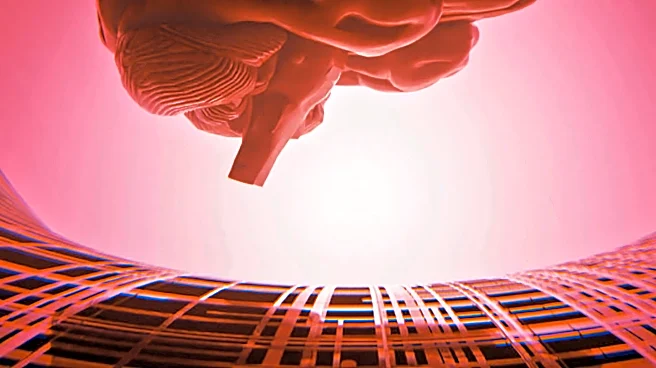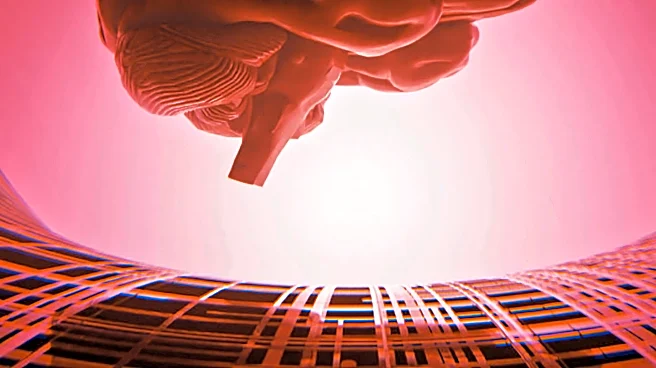Rapid Read • 7 min read
A study published in Nature has utilized machine learning to explore brain structure differences in patients with major depressive disorder (MDD), focusing on those with and without anhedonia. The research involved 115 subjects, including 72 MDD patients and 43 healthy controls. Using MRI data, the study estimated brain structure age and identified significant differences in brain aging between the groups. The findings suggest that altered brain structures may contribute to the symptoms of depression, particularly anhedonia, which is characterized by a loss of interest or pleasure in activities.
AD
This study is important as it provides a deeper understanding of the neurobiological underpinnings of depression, particularly the role of brain structure in the disorder. By identifying specific brain changes associated with depression, the research could lead to more targeted and effective treatments. The use of machine learning in this context highlights the potential for advanced technologies to enhance our understanding of mental health disorders and improve diagnostic accuracy. This could ultimately lead to better patient outcomes and more personalized treatment approaches.
Further research is needed to validate these findings and explore the potential for using brain structure age as a biomarker for depression. This could involve larger studies with diverse populations to confirm the results and assess their generalizability. Additionally, researchers may investigate how these brain changes develop over time and whether they can be reversed or mitigated through treatment. The study also opens up possibilities for developing new therapeutic strategies that target specific brain structures, potentially improving the effectiveness of existing treatments for depression.
AD
More Stories You Might Enjoy










